Child’s Pose, also known as Balasana in Sanskrit, is a gentle and relaxing yoga posture that is often used as a resting position between more strenuous asanas. The pose is named after the way a child may curl up into a ball when tired or seeking comfort.
Balasana, is a yoga posture that has a deep philosophical meaning rooted in the practice of yoga. In Sanskrit, the word “Bala” means child and “asana” means posture. This posture represents the child-like quality of innocence, surrender, and trust. When practicing Child’s Pose, one is symbolically returning to a state of innocence and surrendering to the present moment.
In yoga philosophy, the practice of surrender is a key aspect of spiritual growth. By surrendering control and releasing the ego, one can access a deeper sense of inner peace and connection to the universe. Child’s Pose embodies this idea of surrender, as the posture physically symbolizes letting go of tension and stress.
Additionally, Child’s Pose represents humility and the importance of taking time to be still and connect with one’s inner self. It can be seen as a reminder to let go of ego and return to a state of simplicity and innocence. By practicing this posture, one can cultivate a deeper sense of inner peace, humility, and connection to the present moment.
In short, the philosophical meaning of Balasana, or Child’s Pose, goes beyond the physical benefits of the pose and touches on the deeper aspects of surrender, humility, and connection to the present moment.
How to perform Child’s Pose?
Child’s Pose is a simple and relaxing yoga pose that can be easily performed by following these steps:
- Start on your hands and knees with your knees hip-width apart and your big toes touching.
- Lower your hips back towards your heels and extend your arms in front of you, reaching towards the top of your mat.
- Rest your forehead on the mat and release any tension in your neck and shoulders.
- Stay in this position for as long as you like, breathing deeply and steadily.
Benefits of Childs pose
Child’s Pose is a gentle yoga posture that offers a range of physical and mental benefits. Physically, it stretches the muscles in the hips, thighs, and ankles while also relieving tension in the back and neck. This posture also stimulates the digestive and reproductive systems, improves posture, and can relieve menstrual discomfort.
Mentally, Child’s Pose has a calming effect, reducing stress and anxiety. It helps to slow down the mind and can be a meditative and restorative pose for those feeling overwhelmed. Practicing Child’s Pose can also increase feelings of grounding and connection to the earth, promoting a sense of inner peace and well-being.
Child’s Pose is accessible to people of all levels, including beginners, and can be easily modified to meet individual needs and abilities. It’s a great pose for people who are recovering from injury or illness, as well as those looking to increase flexibility and reduce stress.
In addition to its physical and mental benefits, Child’s Pose is also believed to improve circulation, stimulate the adrenal glands, and improve overall energy levels. It’s a simple and effective posture that can be incorporated into a daily yoga practice to promote physical, mental, and emotional balance.
Precautions of Child’s pose
Child’s Pose is a gentle yoga posture, but there are certain precautions to be aware of when practicing this pose. If you have any knee injuries or pain, it’s best to avoid this pose or modify it to reduce pressure on the knees. If you have any lower back pain or discomfort, it’s also important to be mindful of your alignment and avoid rounding the back excessively.
People with high blood pressure should also be cautious when practicing Child’s Pose, as this pose can cause a sudden drop in blood pressure. If you have high blood pressure, it’s best to avoid this pose or practice it with your head elevated.
Women who are pregnant should also be cautious when practicing Child’s Pose, as this pose can put pressure on the uterus. If you are pregnant, it’s best to modify the pose or avoid it altogether.
It’s important to listen to your body and only practice this pose within your physical limitations. If you feel any discomfort or pain, it’s best to stop and modify the pose or avoid it altogether. It’s also important to be mindful of your breathing and avoid holding your breath while practicing Child’s Pose.
In conclusion, Child’s Pose is a gentle and accessible yoga posture with many physical and mental benefits. However, it’s important to be aware of the precautions and to practice this pose within your physical limitations.
To know more about this and other postures, please join our upcoming batch of Yoga teacher training in Rishikesh with Vinyasa Yoga Ashram.

